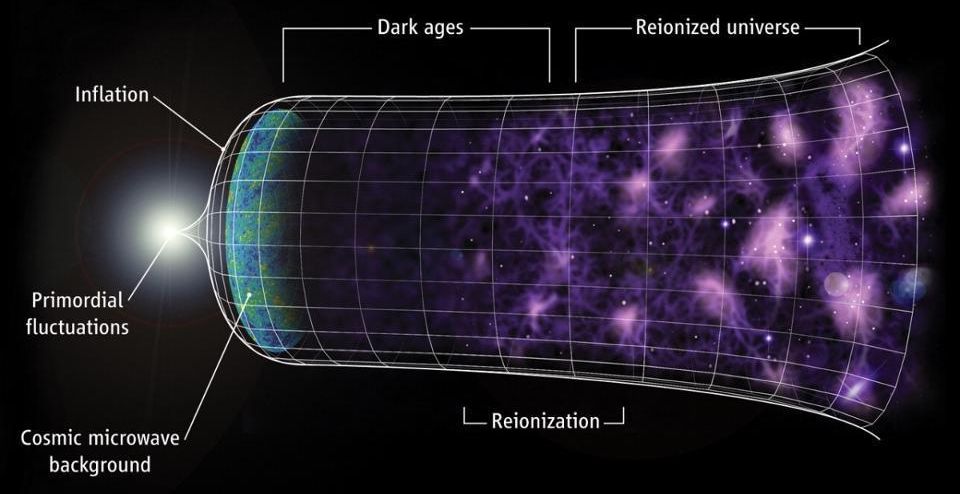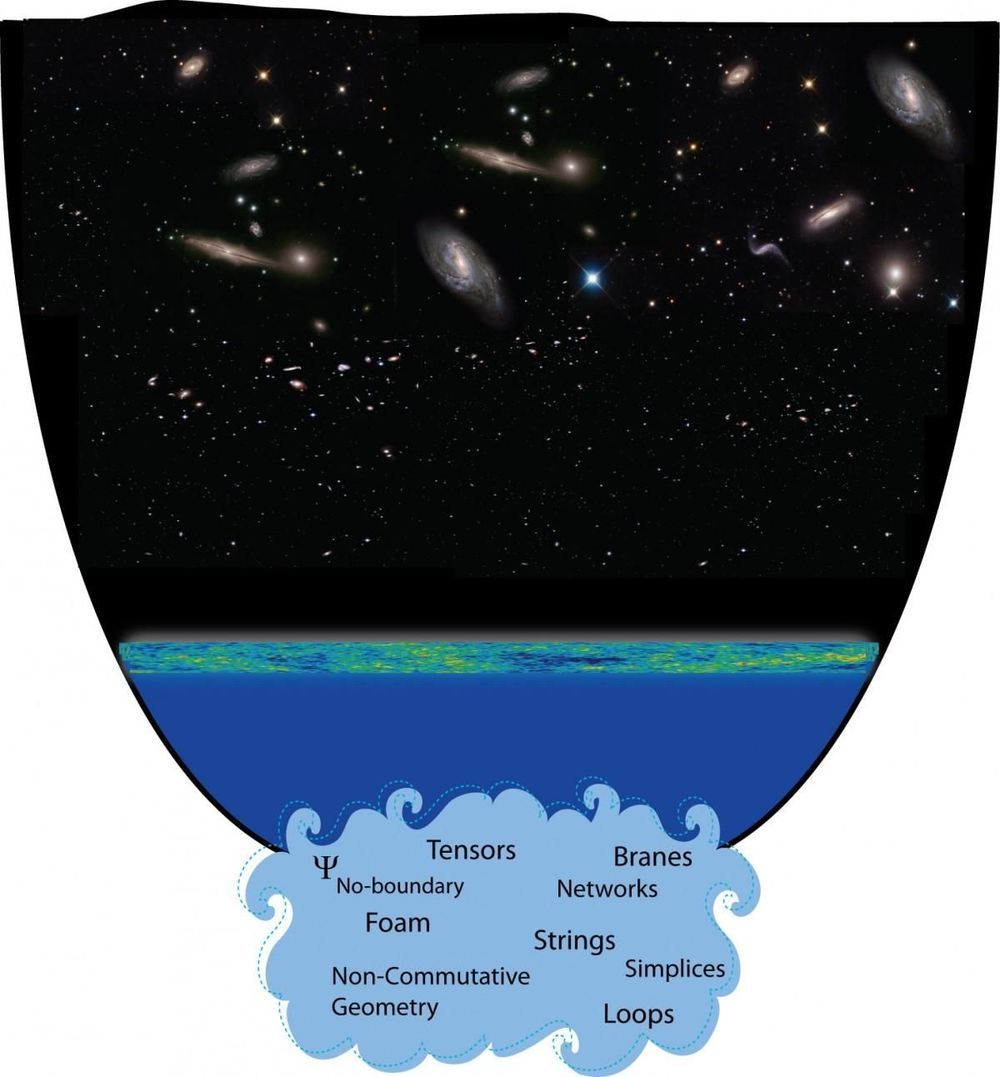How much do you really know about dark matter? Symmetry looks at one of the biggest remaining mysteries in particle physics.
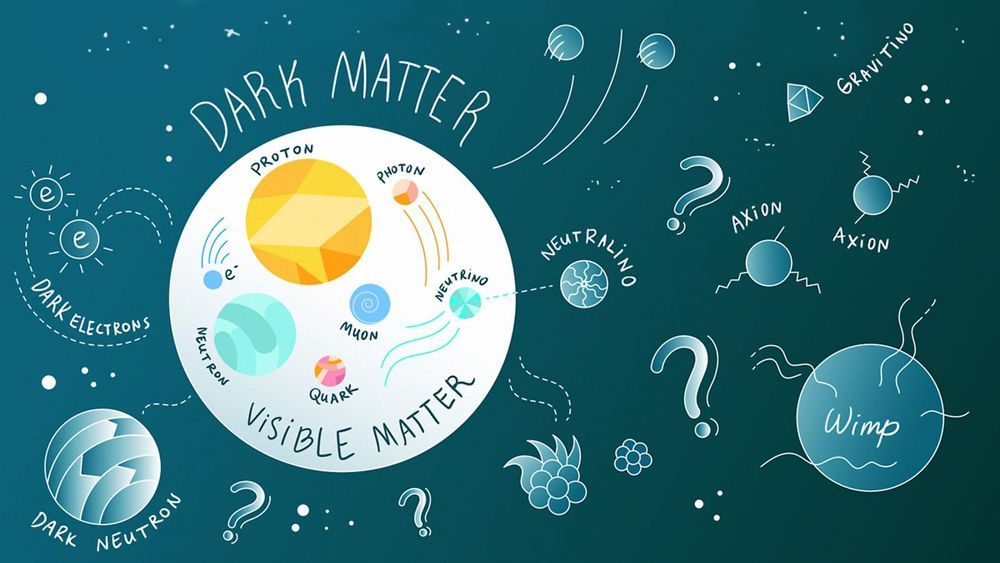

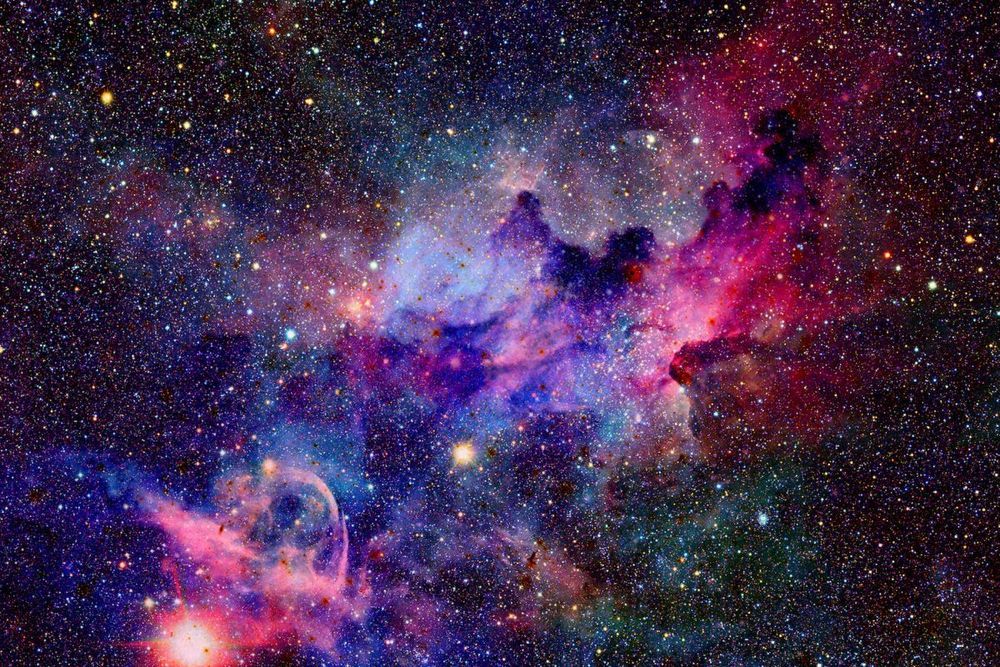
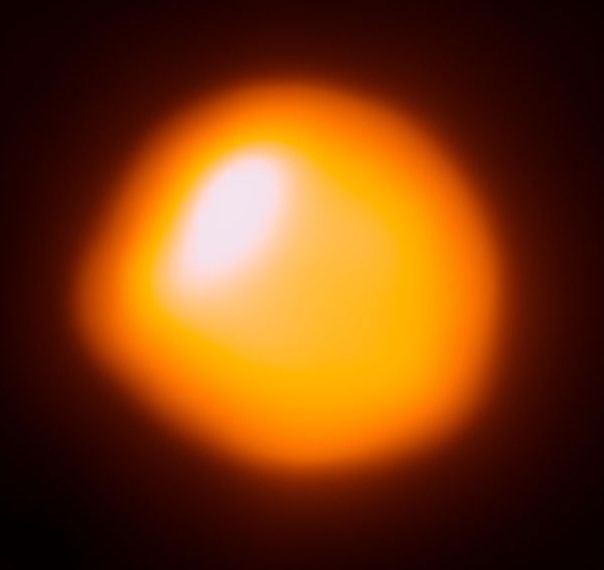

According to a CIA document declassified on 08/07/2000 titled “Coordinate Remote Viewing (CRV) Technology 1981–1983,” submitted to the organization August 4 of 1983, coordinate remote viewing “utilized through the methodologies that have been developed…works with remarkable precision,” but the individuals who submitted it admitted that they were “unable to explain in conventional terms why it is that the co-ordinate serves as a stimulus in the manner it does.” Nevertheless, they were convinced that David Bohm’s model of quantum mechanics provided a potentially plausible explanatory hypothesis for the mechanisms that make it possible.
David Bohm was a controversial yet brilliant luminary in physics who argued that the entirety of the cosmos is populated with quantum black holes that lead from the “explicate order” of spacetime to a realm that transcends space and time which he referred to as the “implicate order.” These black holes were termed “holospheres,” and hypothesized as the mechanism which connects the implicate order to the explicate order. From the perspective of the remote viewer, it is possible that the signal line we acquire is mediated by these holospheres, which connects us with an implicate order that is conceptually more or less identical to the Eastern concept of “Akasha” or the “Akashic records,” as articulated in the work of writers such as Swami Vivekananda.
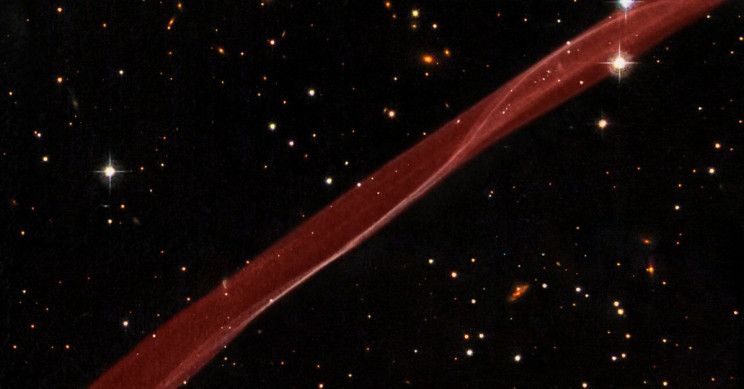
When Betelgeuse explodes, there’s nothing stopping another civilization from surfing the supernova with a light sail.
By Brad Bergan
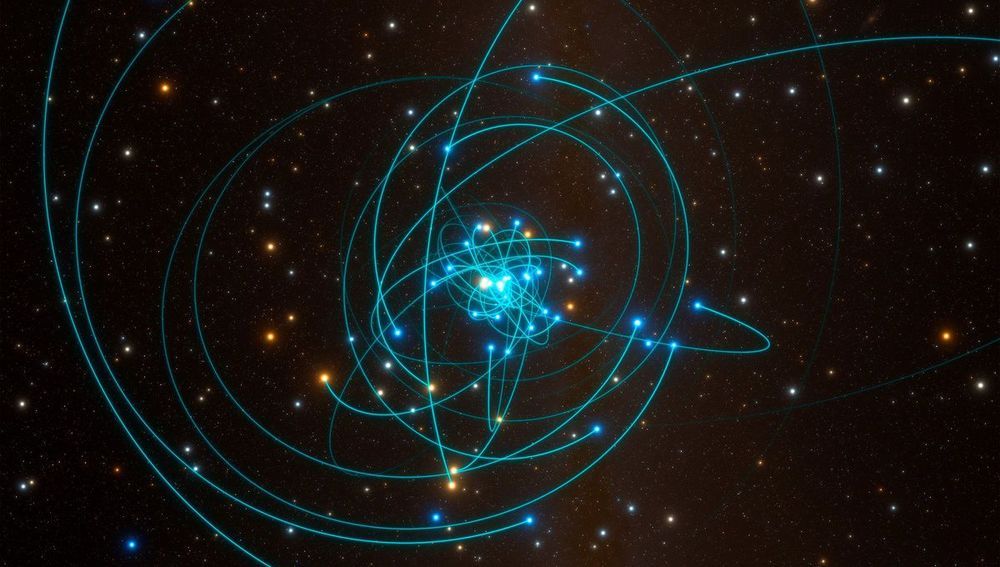
At the center of our galaxy lies Sgr A — a supermassive black hole. With over 4 million times the Sun’s mass, you can see why it gets that moniker.
One reason we know its mass is that there’s a cluster of young, luminous stars orbiting around it. These are called S stars, and they form a group around the black hole about a quarter of a light year across — a few trillion kilometers. One of these stars, S2, has an elliptical orbit that takes it to a distance of just 16 billion kilometers from the black hole as it travels on its elliptical orbit. Until recently, that star had the closest encounter we knew of.
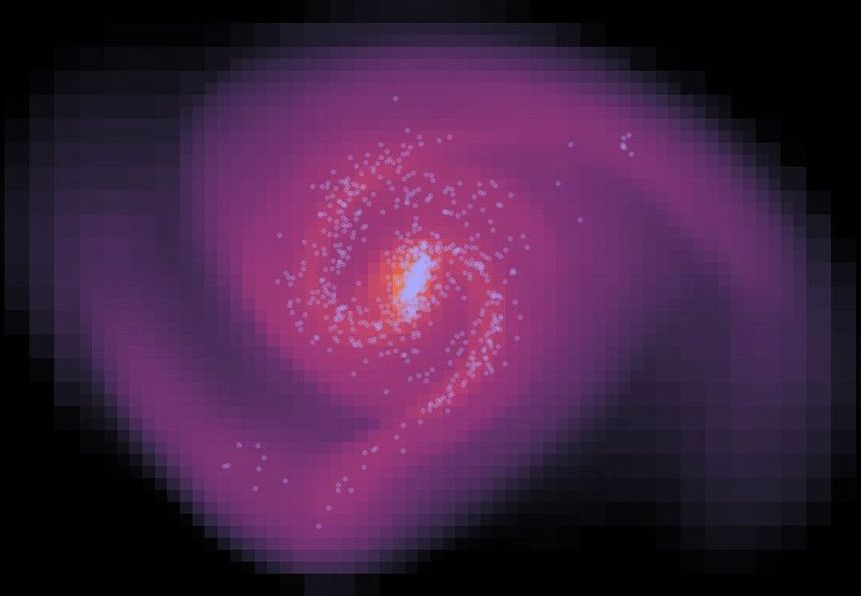
For the first time, researchers from the Universities of Bonn and Strasbourg have simulated the formation of galaxies in a universe without dark matter. To replicate this process on the computer, they have instead modified Newton’s laws of gravity. The galaxies that were created in the computer calculations are similar to those we actually see today. According to the scientists, their assumptions could solve many mysteries of modern cosmology. The results are published in the Astrophysical Journal.
Cosmologists today assume that matter was not distributed entirely evenly after the Big Bang. The denser places attracted more matter from their surroundings due to their stronger gravitational forces. Over the course of several billion years, these accumulations of gas eventually formed the galaxies we see today.
An important ingredient of this theory is the so-called dark matter. On the one hand, it is said to be responsible for the initial uneven distribution that led to the agglomeration of the gas clouds. It also explains some puzzling observations. For instance, stars in rotating galaxies often move so fast that they should actually be ejected. It appears that there is an additional source of gravity in the galaxies that prevents this—a kind of “star putty” that cannot be seen with telescopes: dark matter.
O.o!
The epic collision between two neutron stars in 2017 really is the science gift that keeps on giving. As they merged, gravitational waves rippled out across the Universe; now reverberations from that event could confirm a decades-old hypothesis about black holes.
Astronomers poring over the gravitational wave data believe they have found evidence of echoes — something that would only occur in the presence of the ‘quantum fuzz’ produced by Hawking radiation.
“According to Einstein’s theory of general relativity, nothing can escape from the gravity of a black hole once it has passed a point of no return, known as the event horizon,” said astronomer and physicist Niayesh Afshordi of the University of Waterloo in Canada.
